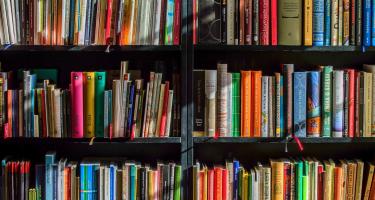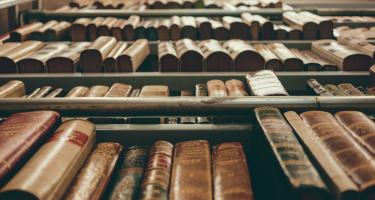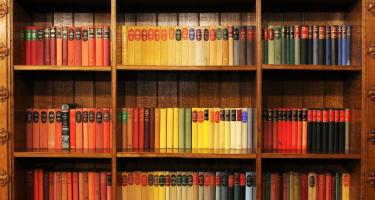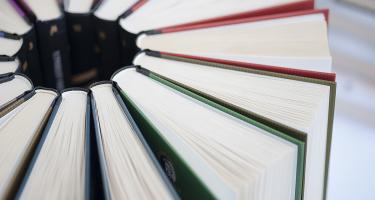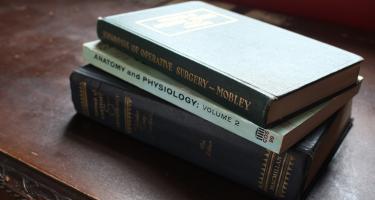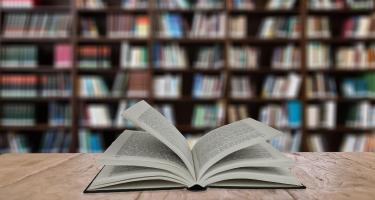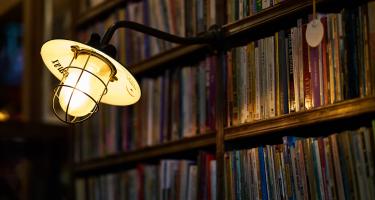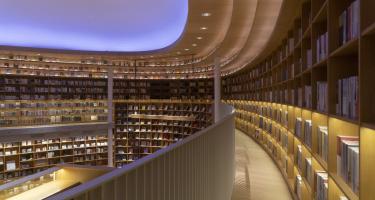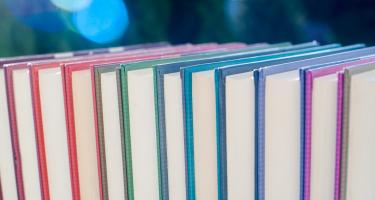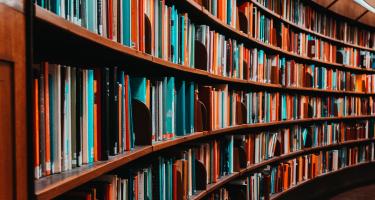
Sheeva Azma: How to Get Started in Freelance Science Writing
A science education can provide a competitive edge for aspiring science writers, Sheeva Azma contends. After earning an MS in neuroscience, Azma began exploring job options outside the lab. In How to Get Started in Freelance Science Writing, she provides tactics to help students and scientists apply their skills to marketing, ghost and grant writing, producing website content, and consulting.
